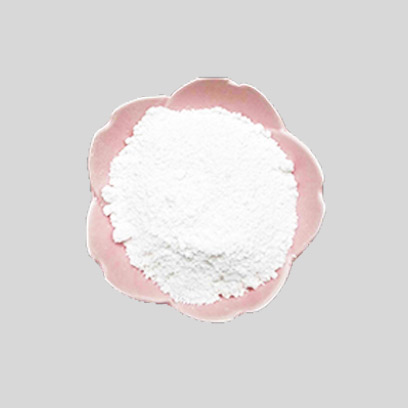
8 月 . 06, 2024 08:19 Back to list
Leading Manufacturers and Innovations in Titanium Dioxide Technology for Various Industrial Applications
Advancements in TiO2 Technology and Leading Manufacturers
Titanium dioxide (TiO2) is a versatile and widely used material known for its exceptional properties. It is primarily utilized as a white pigment in paints, coatings, plastics, and paper due to its high refractive index and excellent opacity. However, the recent advancements in TiO2 technology have propelled its applications beyond traditional boundaries, making it a focal point in various industries, including renewable energy, environmental remediation, and pharmaceuticals. This article explores the emerging technologies in TiO2 manufacturing and highlights some leading manufacturers in the field.
Innovations in TiO2 Technology
One of the most significant advancements in TiO2 technology is the development of photocatalytic TiO2. This variant exhibits remarkable capability to catalyze reactions under UV light, making it an ideal candidate for environmental remediation. Photocatalytic TiO2 can break down harmful pollutants, such as volatile organic compounds (VOCs), and it is increasingly being used in self-cleaning surfaces, air purification systems, and wastewater treatment. Research continues to enhance the efficiency of these photocatalytic processes, aiming to make them more effective under visible light to broaden their applicability.
Another notable innovation is the production of nano-sized TiO2 particles. These nanoparticles have unique properties that improve their performance in various applications, including sunscreen formulations, where they provide broad-spectrum UV protection while being transparent on the skin. Furthermore, the incorporation of TiO2 nanoparticles in composites and coatings has been shown to enhance durability, corrosion resistance, and mechanical strength, making them appealing in construction and automotive sectors.
Moreover, advancements in synthesis methods, such as sol-gel processes and hydrothermal treatments, are enabling manufacturers to produce TiO2 with tailored morphologies and properties. These methods allow for the control over particle size, crystallinity, and surface characteristics, leading to improved performance in applications like photovoltaics, where TiO2 can enhance the efficiency of solar cells.
Leading TiO2 Manufacturers
tio2 technology manufacturer

Several key players dominate the TiO2 manufacturing industry, each contributing significantly to the innovation and supply of this vital material. One of the foremost manufacturers is Chemours, a spin-off of DuPont, known for its Ti-Pure™ brand of titanium dioxide. Chemours has set a benchmark in product quality and sustainability, focusing on producing high-performance TiO2 with a reduced environmental footprint.
Another major player is Tronox, which is recognized for its extensive operations in the mining and production of titanium ore and TiO2 pigments. Tronox is committed to advancing sustainable practices in its production processes, ensuring that its products meet the increasing global demand while adhering to stringent environmental standards.
Lomon Billions is a Chinese manufacturer that has rapidly ascended in the TiO2 market, known for its diverse product range and strong emphasis on research and development. The company has made significant strides in improving the performance of its TiO2 products for various applications, from coatings to plastics.
Lastly, Huntsman Corporation, another key manufacturer, has developed a range of TiO2 products optimized for different industrial applications. Huntsman’s commitment to sustainability and innovation has positioned it well within the market, addressing the evolving needs of customers globally.
Conclusion
The field of TiO2 technology is experiencing rapid growth and transformation, driven by innovations in photocatalysis, nanotechnology, and advanced manufacturing processes. With the increasing focus on sustainability and environmental responsibility, manufacturers are poised to play a crucial role in shaping the future of TiO2 applications. As leading manufacturers continue to invest in research and development, the potential for TiO2 to revolutionize various industries remains vast, promising a brighter, more sustainable future.
-
Lithopone for Plastic & TiO2 R-5568/SK-6658 Masterbatch Solutions
NewsMay.30,2025
-
China Leading Rutile TiO2 Manufacturer - R5566 & R996 Grades Available
NewsMay.30,2025
-
High-Purity Anatase & Rutile TiO2 Powder Trusted Manufacturer
NewsMay.30,2025
-
High-Purity Anatase Products Trusted Supplier & Manufacturer
NewsMay.29,2025
-
Best Price Eco-Friendly Rutile TiO2 Supplier & Wholesale Factory
NewsMay.29,2025
-
Chinese Anatase Titanium Dioxide for Ceramic Glaze Reliable Supplier
NewsMay.29,2025
